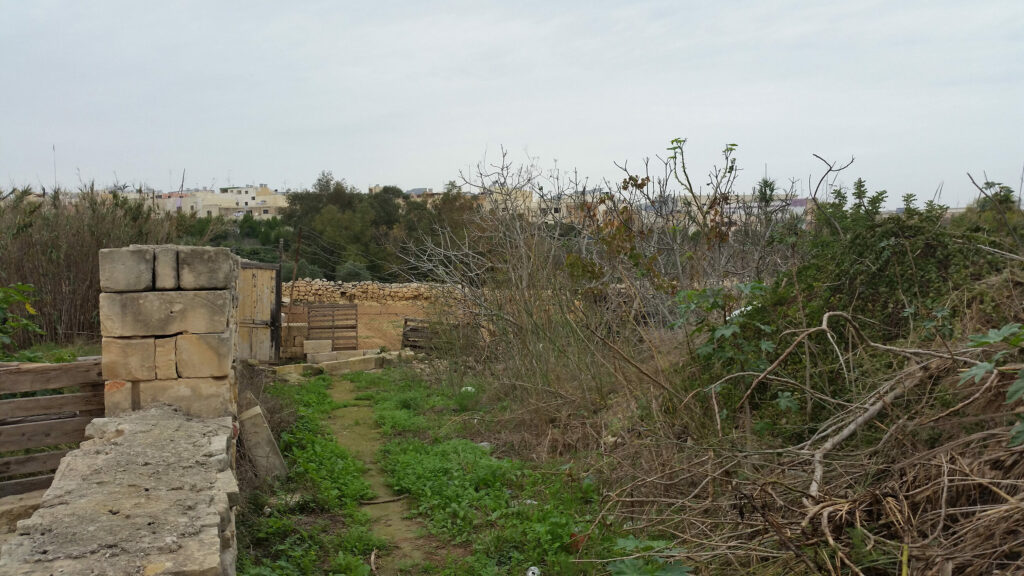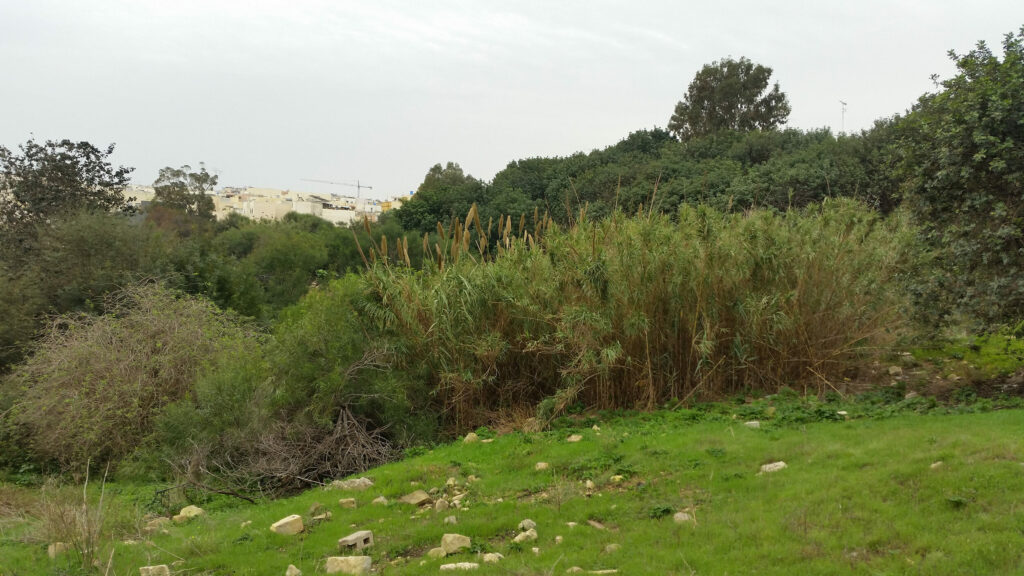Client
Kunsill Konsultativ għan-Nofsinhar ta' Malta (KKNN)
Project Background
The slopes of the valley consist of terraced fields divided by rubble walls. The terracing gives way to sloping banks and a wide watercourse bed.
Most of the slopes are cultivated except for the very high grounds which are built-up.
The upper reaches of the valley, close to the road which leads to Fgura, support a vital stand of carobs (Ceratonia siliqua) and almonds (Prunus dulcis).

Request
AIS Environment had been appointed to carry out all preliminary investigations of the valley that will serve to guide further qualitative and quantitative studies for Wied Blandun’s remediation and restoration.
The restoration was deemed necessary due to three main environmental problems the valley faced:
- Poor air quality (ozone, particulate matter and nitrogen dioxide)
- Drought and heat risk
- Loss of biodiversity & Ecosystem degradation
Our Input:
Desktop and field surveys
Preliminary studies
Involved geotechnical, hydrological, geological, biodiversity, historical, land use, social, and landfill investigations.
Identify and assess the impacts
Of historic and existing potential sources of contamination on sensitive environmental receptors within the valley.
Potential sources of contamination
Could include chemical pollution, introduction of invasive species, noise pollution, etc.
Sensitive environmental receptors
Natural areas which could be exposed to contamination or pollution of various types.
Results
The studies describe their impact on the following sensitive receptors: biodiversity, agriculture, geological formations, soil, the Mean Sea Level Aquifer.
The final project task was to prepare a preliminary risk assessment of Wied Blandun.
The extent, duration, pathway, effect, magnitude and probability were used to gauge the risks of these impacts. Concerning impacts included invasive species, tree pathogens, contamination from nearby agricultural land and others.
